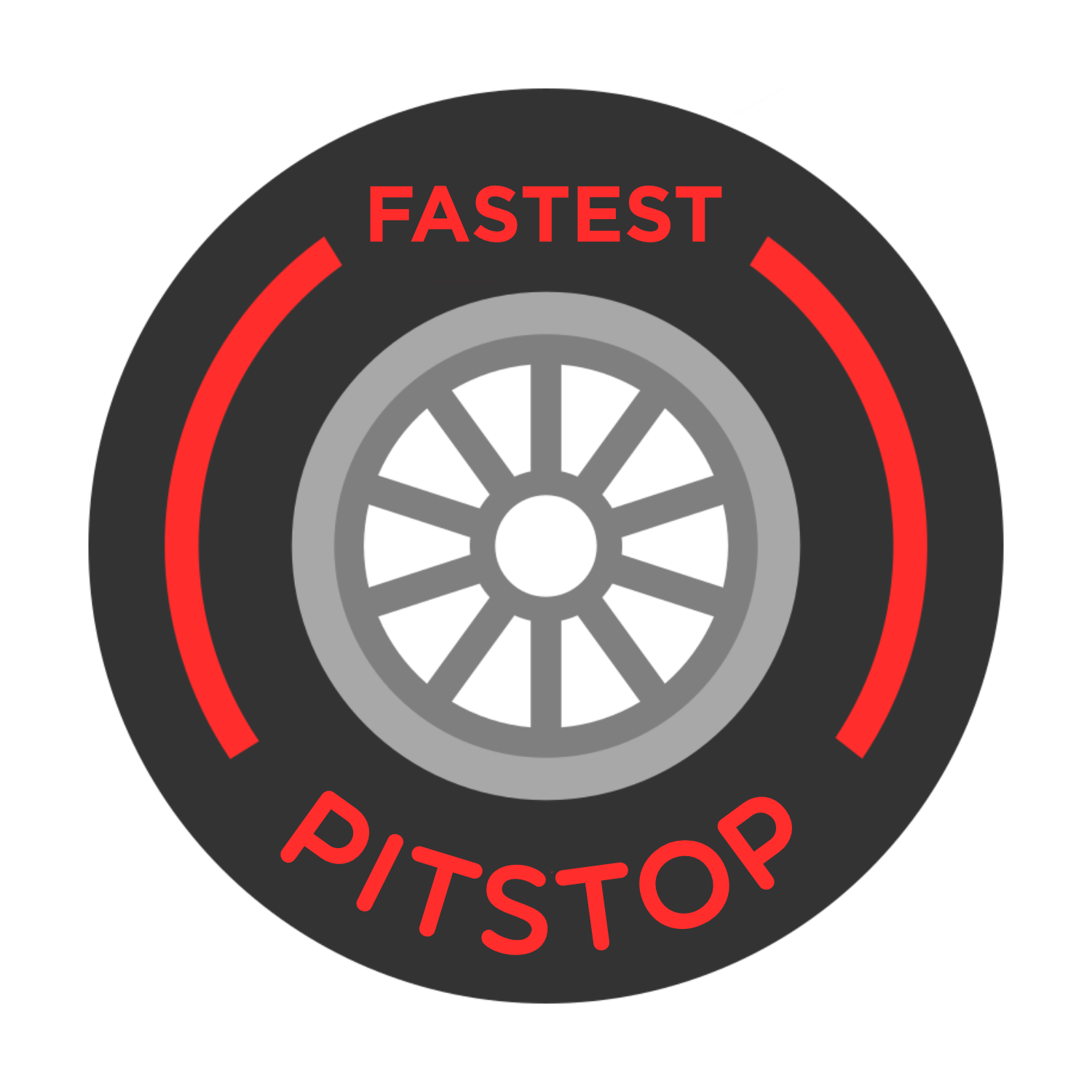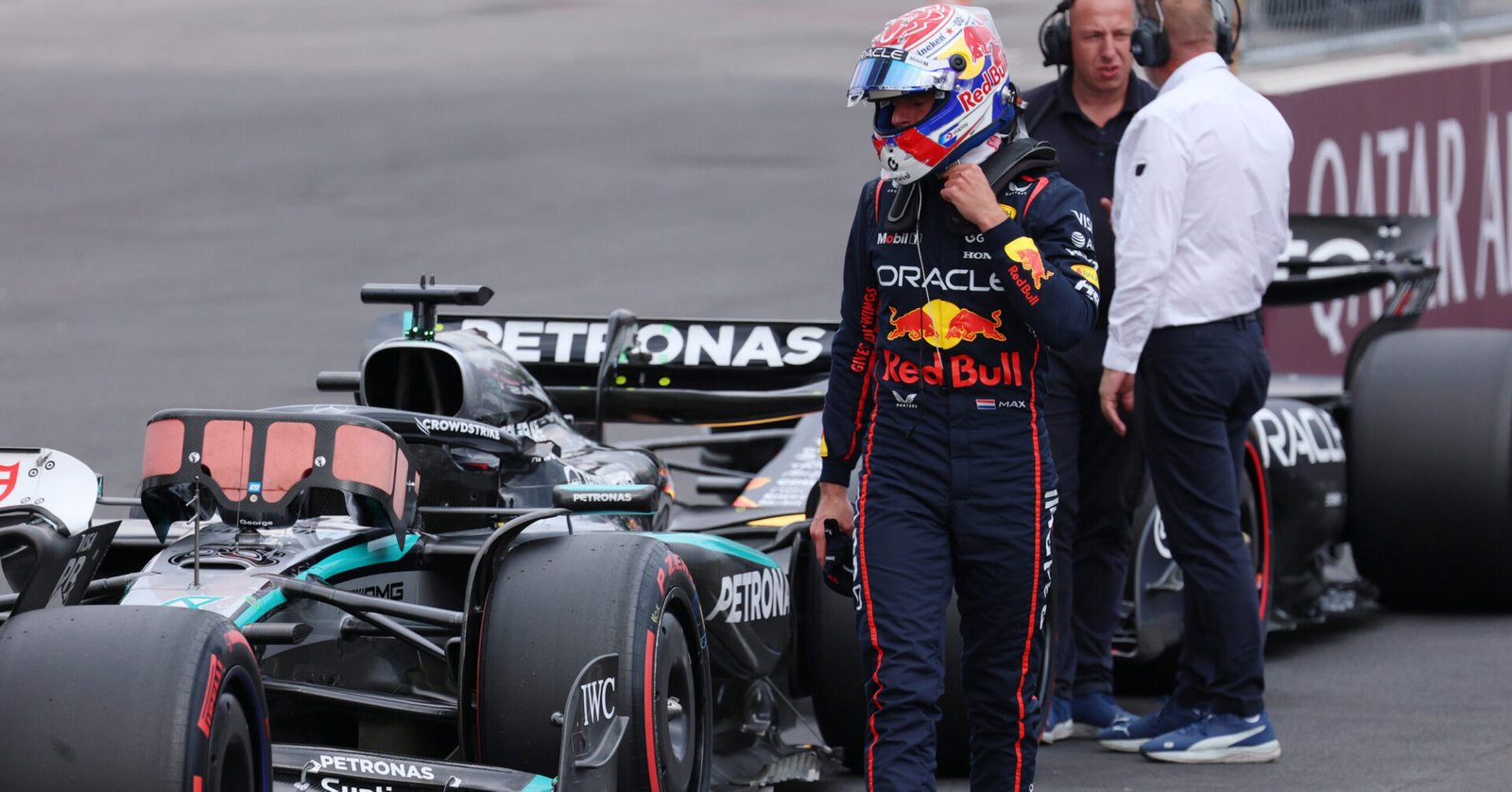Many F1 fans who watch race weekends will hear the phrase parc fermé used multiple times. This is a period between the end of the qualifying sessions and the beginning of the race.
Parc Fermé, French for ‘closed park’, is a set of rules which instruct teams what they can and can’t do after qualifying. Breaking these regulations will result in a penalty for the driver and compromise their chances in the race. So, what does leaving a car in parc fermé conditions mean for the teams?
What can’t F1 teams do under parc fermé conditions?
During any free practice session, teams can add parts to their car or change the setups. However, once a driver leaves the pit lane in qualifying, the parts on their cars and the setups they have chosen are locked in. Even if a driver doesn’t set a hot lap in Q1, the car is still placed in parc fermé conditions.
F1 Technical Delegate Manuel Leal explained: “The rules prevent teams from making changes to their cars between Qualifying and the Race. The regulations are intended to ensure a level playing field for all teams by limiting their ability to make modifications, and also for cost reasons so that teams cannot create bespoke cars for Qualifying.”
For a sprint race, the regulations change slightly. After the only practice session, car components and setups are locked in for the qualifying and the sprint race. Following the conclusion of the sprint race, parc fermé conditions are lifted and drivers can make changes before the start of qualifying for the grand prix.
Failure to comply with the parc fermé conditions will see drivers penalised and forced to start from the pit lane. Many drivers starting from the back of the grid will break the conditions to change their setup or car components. They see the penalty as short-term pain if they can make changes which will benefit their race pace.
What can F1 teams do under parc fermé conditions?
Apart from car components and setups, there are parts of the car that F1 teams can change. If a part of the car is damaged, the team can replace it, but only if it is an identical design.
Other changes that can be made include those of maintenance, like fluid top-ups, and brakes can be checked for safety measures. Adjusting parts of the car, like the seat and mirrors, is also allowed to help the driver feel comfortable. The FIA will allow teams to tweak the car if it doesn’t help performance.
To ensure teams aren’t breaking the rules, each car is closely scrutineered by an FIA official. The FIA also has overhead cameras watching the cars, which are monitored and recorded. Any work the team requires to do on the car must be completed two hours after qualifying. The cars are then covered and sealed by the FIA to make sure they remain secure until race day.












